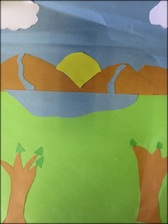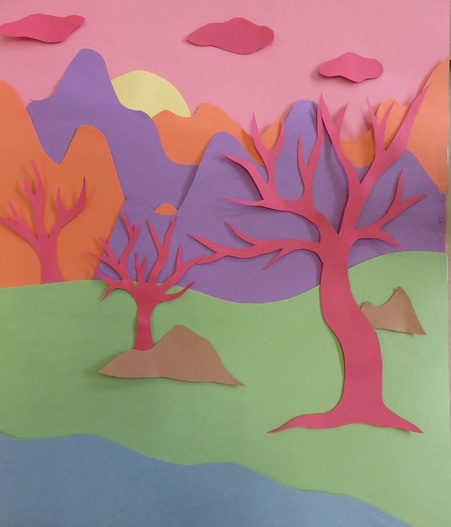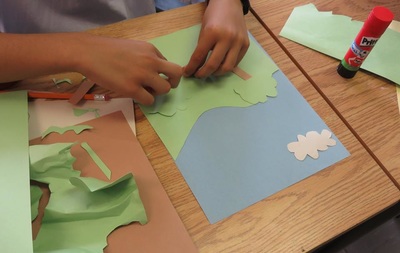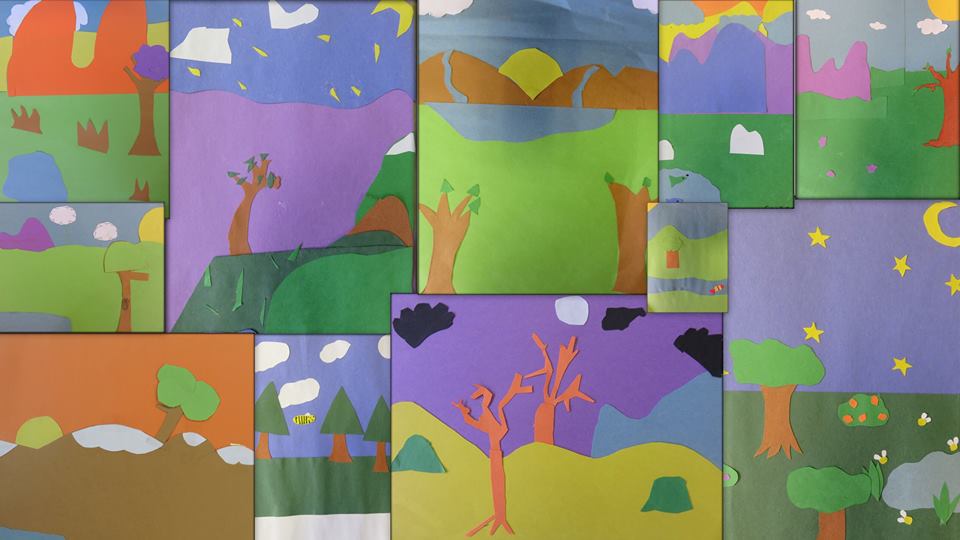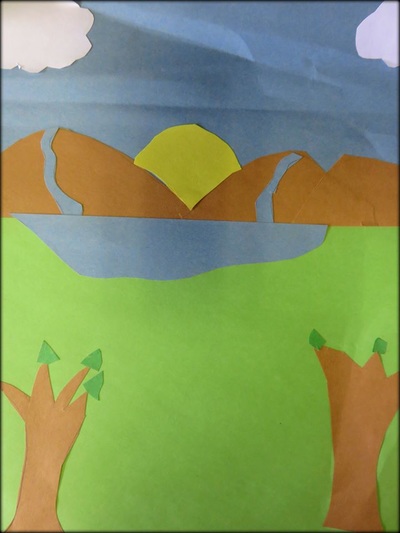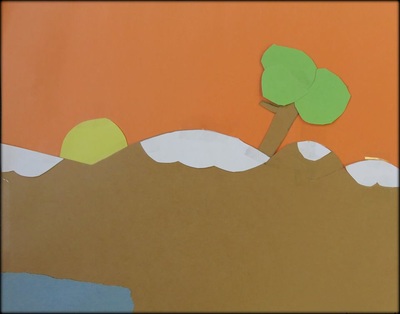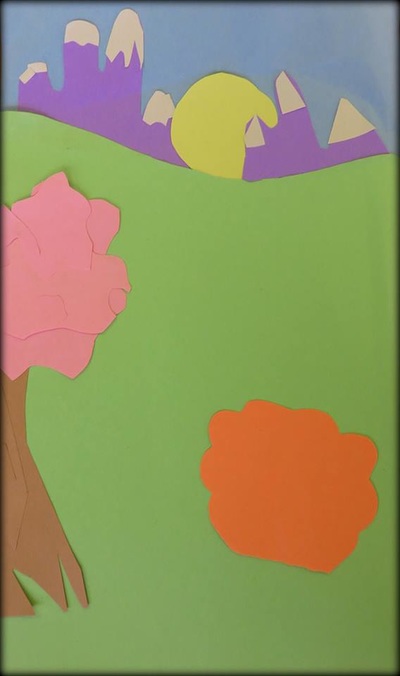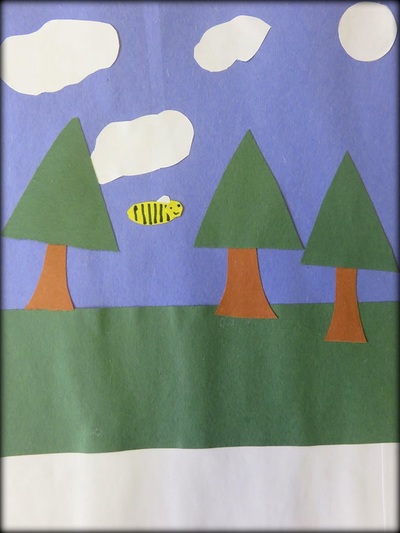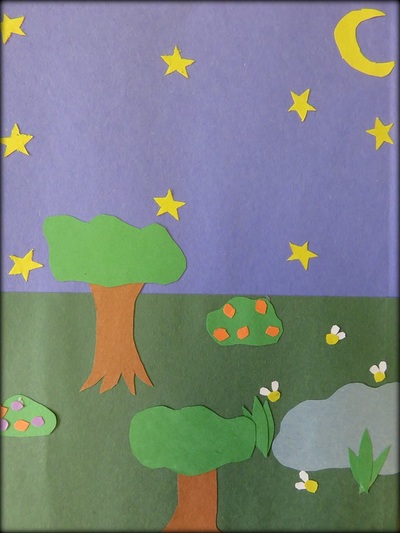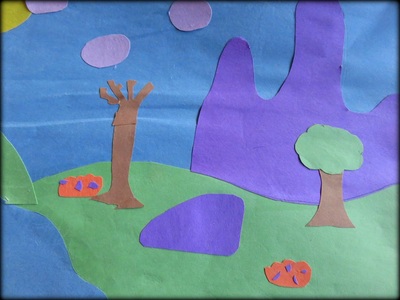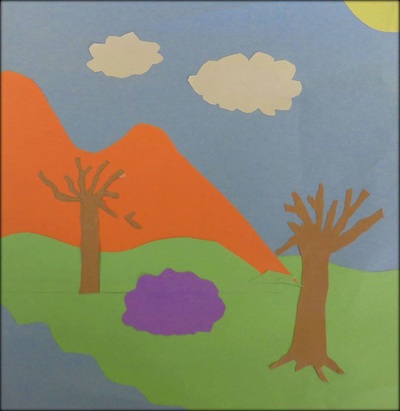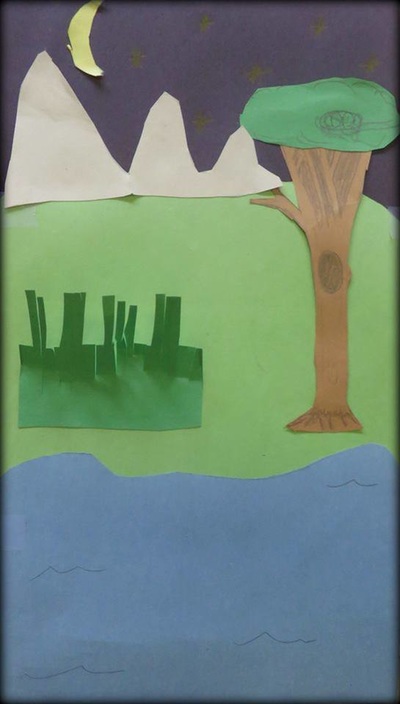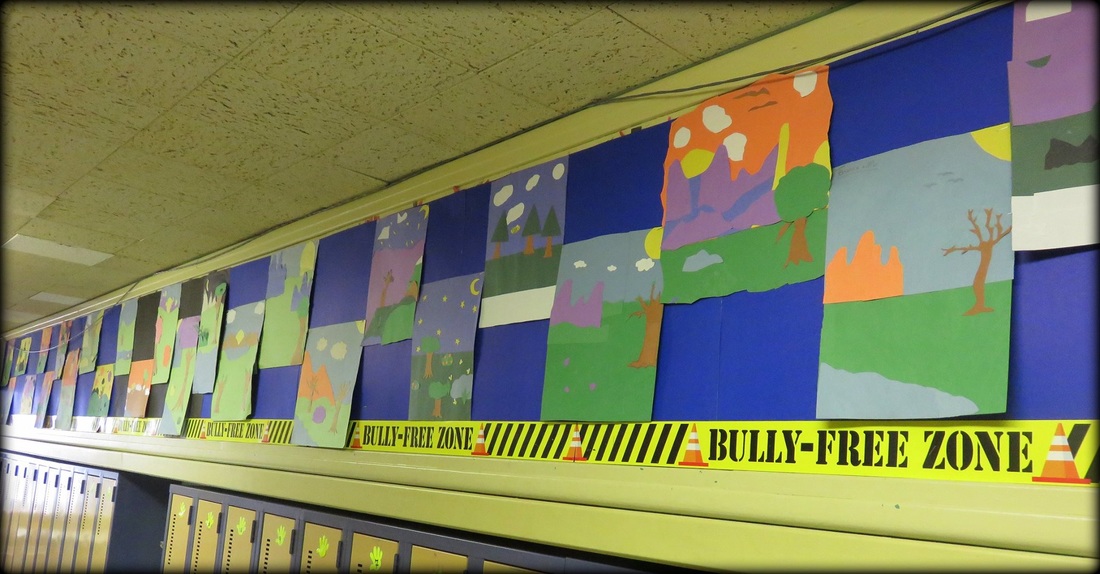- Sinthia Cousineau
- Ceramic Art
- Drawings
- Paintings
-
Photography
-
Art Education
-
Art & Adolescence
>
- Mural Project >
- Lesson: Eco Art
- Lesson: Decorating Fabric
- Lesson: Zentangles & Patterns
- Lesson: Social Media, consumerism & war
- Lesson: Bag Sculptures & Positive Body Image
- Lesson: Caricatures & political activism
- Lesson: Canadian Landscapes & Group of Seven
- Tattoo Art & Meaningful Images
- Lesson: Stenciling Street Art
- Lesson: Plaster Figures (grade 7-9)
- Photoshop Lesson
- Lesson: Value Scales
- Lesson Plan: Video Art
- Lesson Plan: Sound Art
- Lesson: GIF Project
- Lesson: Mashup Videos
- Art Education & Older Adults >
-
Art & Children
>
- Collage & other art Activities >
-
Drawing Activities with Kids
>
-
Pencil, Markers and Coloring
>
- Introductory Lesson
- Introduction Lesson: Egyptian Name Cartouche
- Reptile Zentangle Drawing >
- Illustrated Names
- Symmetrical Name Creatures
- Drawing from Autumn Still-lives
- Grid Drawing Technique
- Lesson: Alliteration Drawing
- Drawing: 3D Hands
- Leaf Drawing Collage
- Ancient Egypt Art
- Collaborative Doodle
- Drawing: Hidden Emotions Behind the Mask
- Scribble Drawing
- Drawing : Word Art
- Lesson Plan: Renaissance Invention Scroll
- Lesson: La Bande Dessinée
- Lesson: Optical Illusions
- Oil Pastels >
- Chalk & Soft Pastel >
- Charcoal >
-
Pencil, Markers and Coloring
>
-
Painting Activities with Kids
>
-
Acrylic Painting Lessons
>
- Acrylic Pouring
- Australian Dot Painting
- Blow Paint Technique
- Bubble Wrap Painting: Bee
- Pointillism Painting
- Funky Easter Rabbit
- Lesson: The Color Wheel
- Monochromatic Painting
- Painting: Birch Tree
- Leaf Painting
- Pumpkin Painting
- Painting: Rock Painting
- Squeegee Painting Technique
- Origami Inspired Painting
- Coffee Art
- Watercolor Activities >
-
Acrylic Painting Lessons
>
- Mixed Media Activities with Kids >
- Types of Art >
- History Lessons
-
Art & Adolescence
>
-
Art Therapy
- 3D Art & other mediums
- Videos
- Contact Me
Lesson
Landscapes
Age Group: 9-12yrs
Themes: Landscapes & Paper Collage
Learning Objectives:
Materials:
Visual Arts Competencies
Competency #1: "Creates personal images"
- Uses ideas to create visual art work.
- Organizes their visual arts production, by choosing the materials they wish to use and how they will arrange them.
- Shares their experience of visual arts creation by discussing their finished collage and giving feedback on the collages of their peers.
- To produce individual works and media works in the visual arts that is original.
Competency #3: "Appreciates works of art"
- Students will gain an appreciation for the different types of art that are involved in the representation of landscapes.
- Students will appreciate the works of their peers as well as their own by discussing these works at the end of the activity.
Vocabulary
- Background: The part of the picture plane that seems to be the farthest from the viewer.
- Collage: An artistic composition made of various materials, such as paper glued on a surface.
- Foreground: Part of a two-dimension artwork that appears to be nearest or in the "front" of the image.
- Composition: The Overall placement and organization of elements in a work of art, as well as the interrelationships between individual elements.
- Design: The plan, conception or organization of a work of art; the arrangement on independent parts to make an organized whole.
- Two-dimensional: Having height and width but no depth.
Lesson Sequence
Introduction: 5-10 minutes
- Ask students to give examples of the different types of landscapes. Example: forest, ocean, mountain, prairie lands, urban.
- Discuss landscapes with the student, and what elements they could use to incorporate a forest landscape.
- Discuss foreground, background and middle ground. Show examples using famous artworks.
- Show class the prototype examples of the project.
- Go through the different steps to explain to students how to overlap the elements of their landscape.
Demonstration: 5 minutes
- Show the students the prototypes for the art they will be making.
- Show a second prototype of a forest collage landscape
- Show students the display of colored construction paper on the table.
- Tell them they should begin by picking two colored papers to attach together to be the base of their landscape.
- Tell students they are expected to show different layers in their landscape by incorporating elements such as mountains, rocks, trees, and rivers.
- Remind students to avoid wasting paper, and return any extra paper to the small recycling bin placed in the front of class.
- Each student should select no more than 5 small pieces of different colored paper.
Prototype of a Landscape Collage by Sinthia Cousineau
Work Time: 1hr
- Students will work individually at their desks
- Students are divided in teams, and each team will be called to select two pieces of paper to begin with.
- If student finish early they can help clean up the classroom or continue their reading and homework assignments.
Clean-Up: 5minutes
- Five minutes before cleanup time, mention to students they need to finish the last detail they are working on and begin cleaning soon.
- Ask them to return paper that is still useable and to recycle pieces of paper that are too small.
Close-up: 5 minutes
- One all work are submitted, the teacher will display them on the wall and have the class comment on the works of their peers.
- The students will be asked which works they enjoy the best, and which ones display the best debt perception
My Students working on their Collage Landscapes
My Grade 5 Class
Finished Landscapes
Click Images below to view the larger Image:
Display of Student Work
I displayed the student's landscapes in the hallway above their lockers so they can enjoy them when preparing for recess or arriving to school. This is also a useful location because their peers from other classes also get to admire their work, which gives the student's a sense of pride.
Evaluation Rubric
Your browser does not support viewing this document. Click here to download the document.
| evaluation_rubric_landscapes.docx | |
| File Size: | 66 kb |
| File Type: | docx |
Proudly powered by Weebly
- Sinthia Cousineau
- Ceramic Art
- Drawings
- Paintings
-
Photography
-
Art Education
-
Art & Adolescence
>
- Mural Project >
- Lesson: Eco Art
- Lesson: Decorating Fabric
- Lesson: Zentangles & Patterns
- Lesson: Social Media, consumerism & war
- Lesson: Bag Sculptures & Positive Body Image
- Lesson: Caricatures & political activism
- Lesson: Canadian Landscapes & Group of Seven
- Tattoo Art & Meaningful Images
- Lesson: Stenciling Street Art
- Lesson: Plaster Figures (grade 7-9)
- Photoshop Lesson
- Lesson: Value Scales
- Lesson Plan: Video Art
- Lesson Plan: Sound Art
- Lesson: GIF Project
- Lesson: Mashup Videos
- Art Education & Older Adults >
-
Art & Children
>
- Collage & other art Activities >
-
Drawing Activities with Kids
>
-
Pencil, Markers and Coloring
>
- Introductory Lesson
- Introduction Lesson: Egyptian Name Cartouche
- Reptile Zentangle Drawing >
- Illustrated Names
- Symmetrical Name Creatures
- Drawing from Autumn Still-lives
- Grid Drawing Technique
- Lesson: Alliteration Drawing
- Drawing: 3D Hands
- Leaf Drawing Collage
- Ancient Egypt Art
- Collaborative Doodle
- Drawing: Hidden Emotions Behind the Mask
- Scribble Drawing
- Drawing : Word Art
- Lesson Plan: Renaissance Invention Scroll
- Lesson: La Bande Dessinée
- Lesson: Optical Illusions
- Oil Pastels >
- Chalk & Soft Pastel >
- Charcoal >
-
Pencil, Markers and Coloring
>
-
Painting Activities with Kids
>
-
Acrylic Painting Lessons
>
- Acrylic Pouring
- Australian Dot Painting
- Blow Paint Technique
- Bubble Wrap Painting: Bee
- Pointillism Painting
- Funky Easter Rabbit
- Lesson: The Color Wheel
- Monochromatic Painting
- Painting: Birch Tree
- Leaf Painting
- Pumpkin Painting
- Painting: Rock Painting
- Squeegee Painting Technique
- Origami Inspired Painting
- Coffee Art
- Watercolor Activities >
-
Acrylic Painting Lessons
>
- Mixed Media Activities with Kids >
- Types of Art >
- History Lessons
-
Art & Adolescence
>
-
Art Therapy
- 3D Art & other mediums
- Videos
- Contact Me
